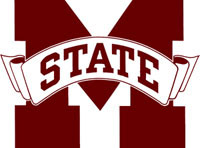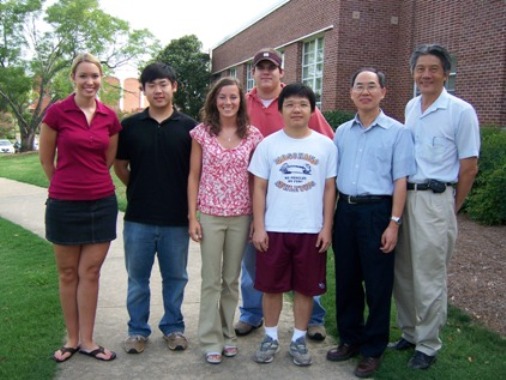Mississippi State University 2006
From 2006.igem.org
(Difference between revisions)
| Line 84: | Line 84: | ||
<h3>Accomplishments</h3> | <h3>Accomplishments</h3> | ||
| - | * August 15- | + | * August 18- Group meeting with faculty, Publicity and preparation for Jamboree discussed. |
| + | * August 16- Planning for Jamboree with help from James. | ||
| + | * August 15- Group meeting with James our Ambassador. iGEM presentations given by James. | ||
* August 14- Digested plasmids to test the ligation of HybB (unsuccessful). | * August 14- Digested plasmids to test the ligation of HybB (unsuccessful). | ||
* August 13- Isolated plasmids HybB-Q04121-E0430 and HybB-Q04400-E0430. | * August 13- Isolated plasmids HybB-Q04121-E0430 and HybB-Q04400-E0430. | ||
Revision as of 20:58, 18 August 2006
The TeamFaculty Members:
Students:
|
Project Abstract
To Do List
|
Introduction
|
H2 Reporter
|
Accomplishments
|

